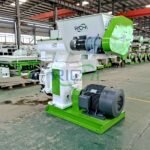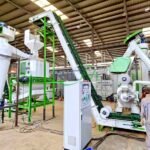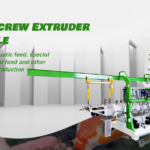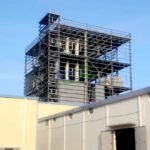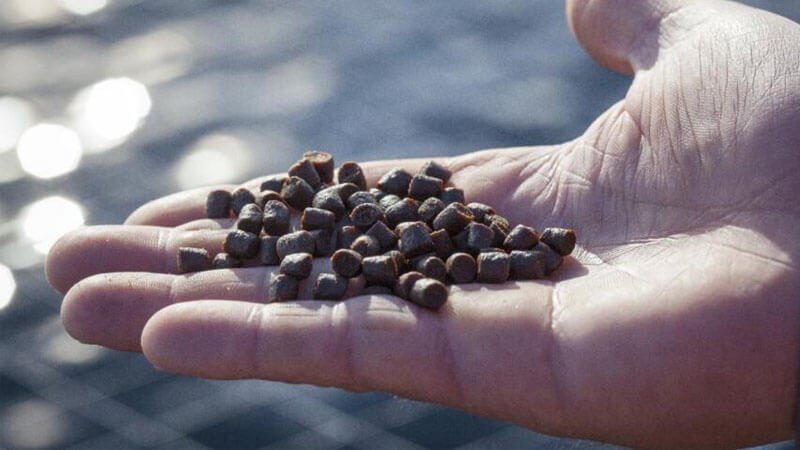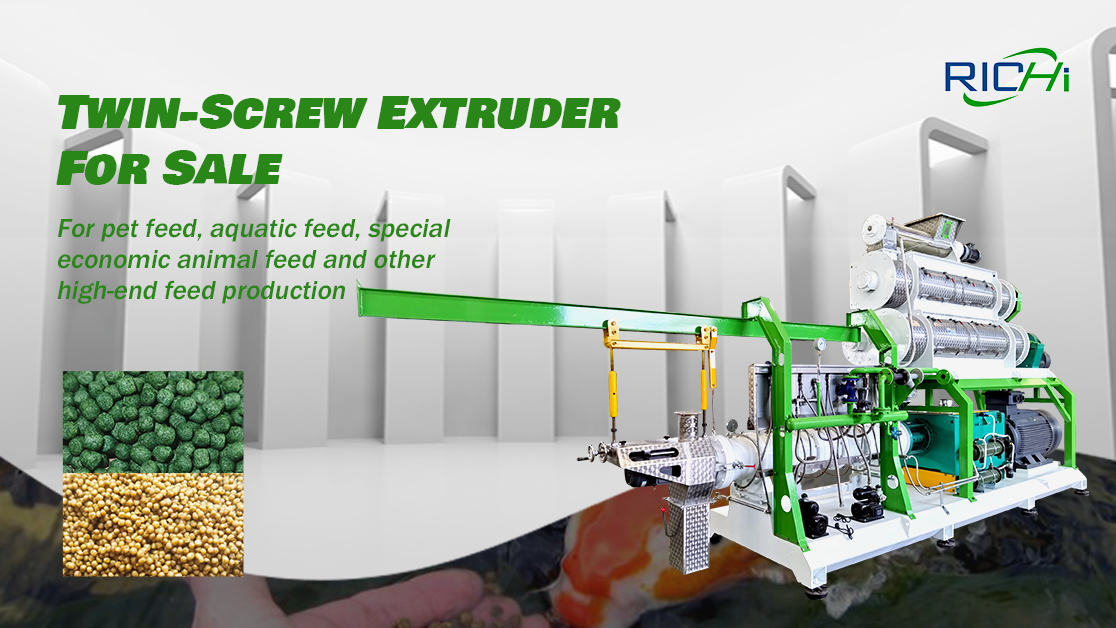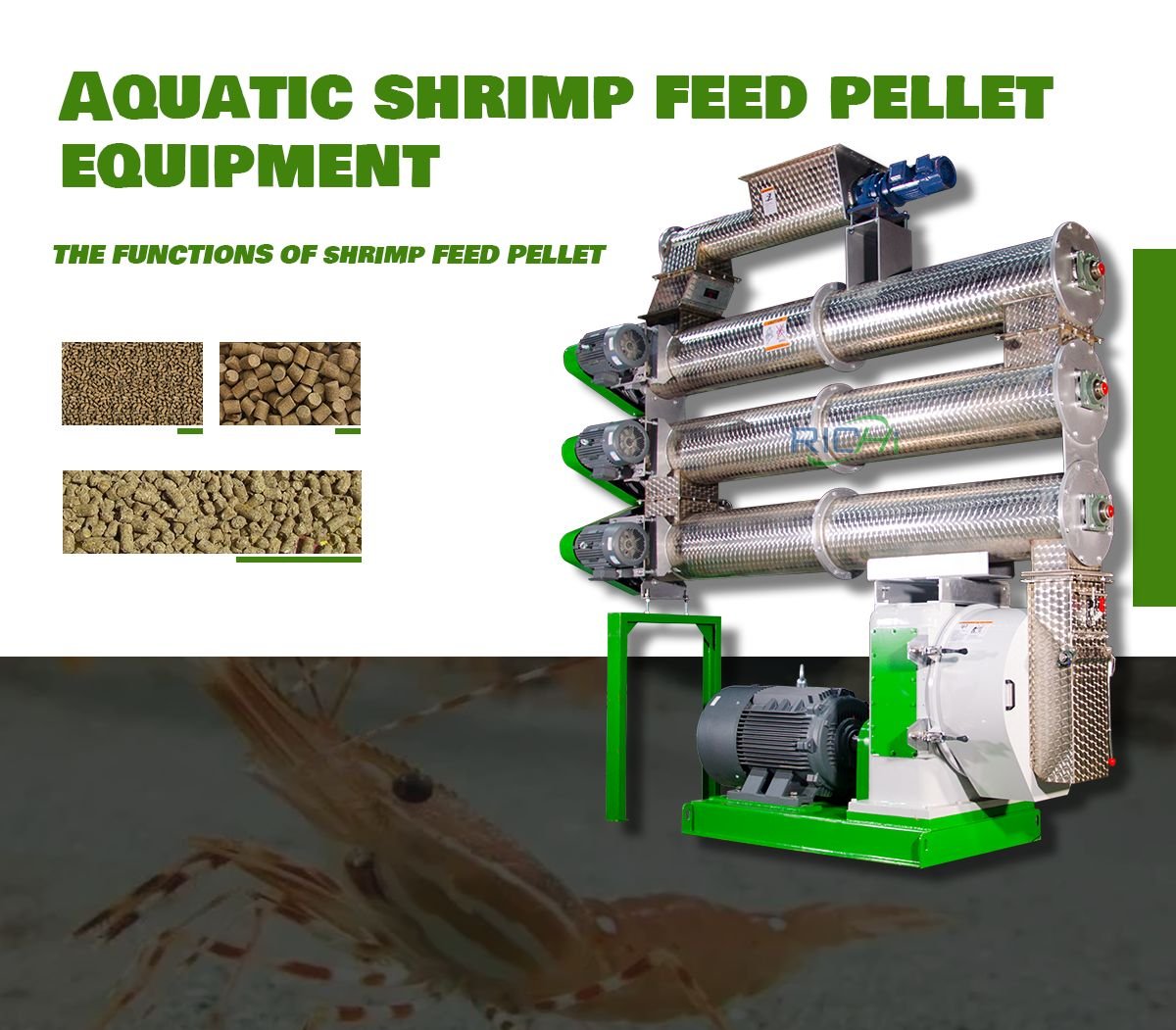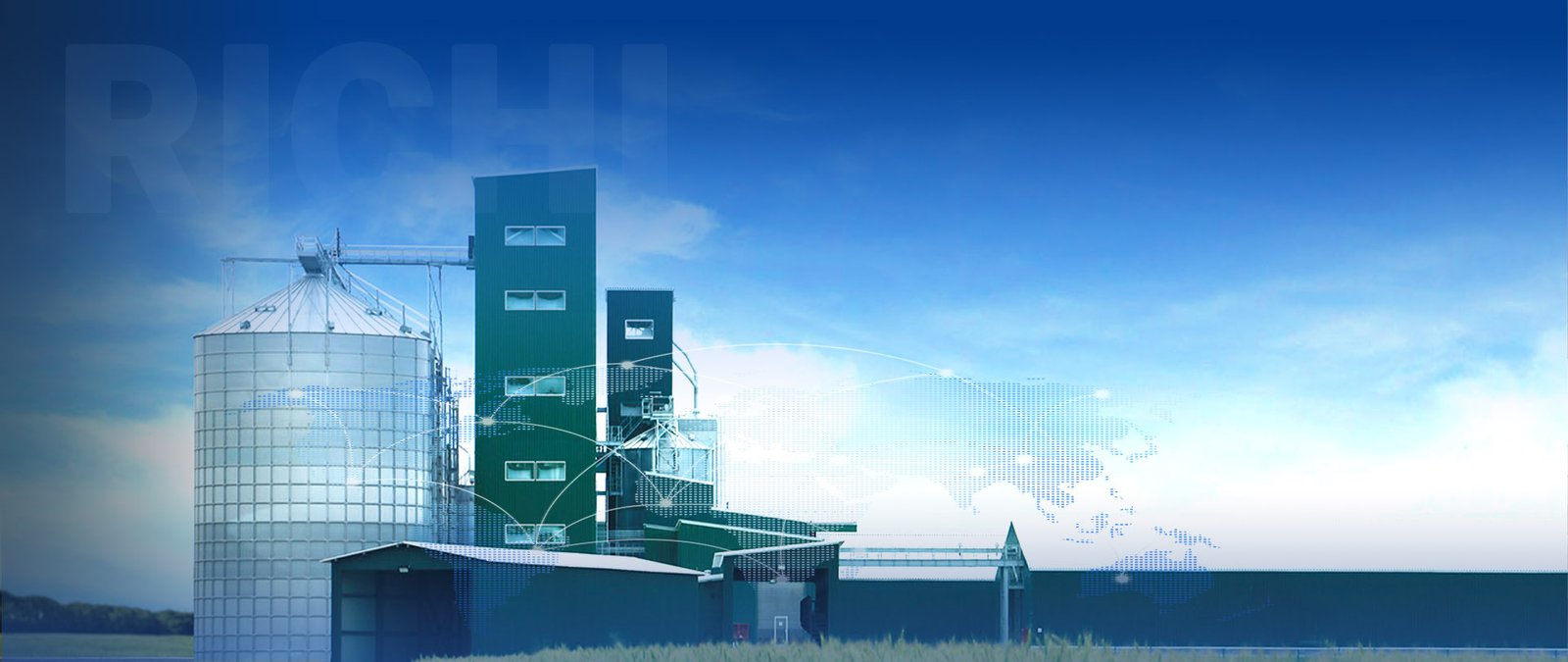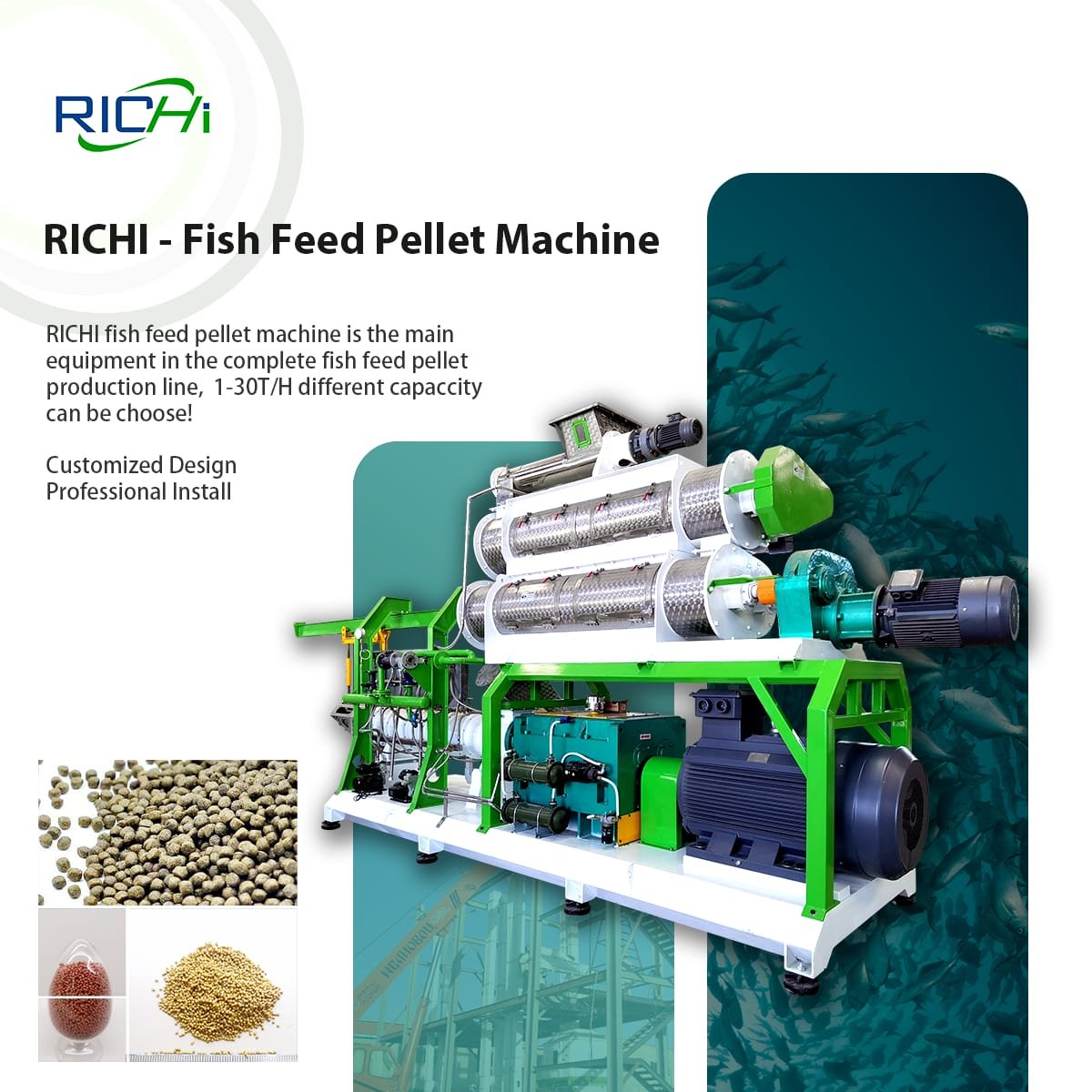Fish feed pellet making machines are versatile tools designed to create various types of fish feed. With the rising popularity of extruded feed in aquaculture due to its numerous advantages, a key question emerges: Can these machines effectively process extruded feed? The answer is affirmative, but there are crucial considerations and distinctions to keep in mind. This article delves into the capabilities of fish feed pellet making machines in producing extruded feed, highlights the benefits of extruded feed, and outlines the specific requirements for its production.
Understanding Extruded Fish Feed
Extruded fish feed is a specialized type of feed produced through a unique manufacturing process that involves high temperatures, high pressures, and moisture. This process imparts several distinctive characteristics to the feed:
- Expanded Structure: Extruded feed has a porous texture, which can be customized to either float or sink based on requirements.
- Improved Digestibility: The extrusion process gelatinizes starches, enhancing their digestibility for fish.
- Better Water Stability: Extruded pellets maintain their structure in water for extended periods, minimizing nutrient loss.
- Enhanced Nutrient Retention: The process allows for superior incorporation of fats and oils, leading to better nutritional quality.
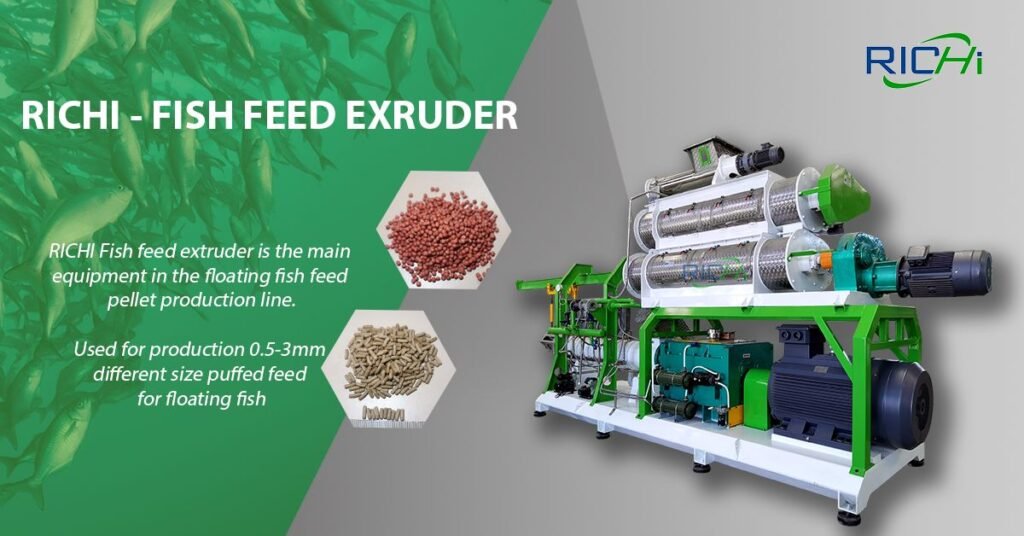
Types of Fish Feed Pellet Making Machines
There are various types of fish feed pellet making machines, but not all are suitable for producing extruded feed:
- Dry Type Fish Feed Extruder: Despite being labeled as an “extruder,” this machine primarily produces compressed pellets rather than genuine extruded feed. It is more appropriate for small-scale production and lacks the high temperature and pressure needed for proper extrusion.
- Wet Type Fish Feed Extruder: This machine can produce extruded feed as it includes a pre-conditioning step and achieves the necessary high temperatures and pressures for extrusion.
- Twin-Screw Extruder: The most advanced option, this machine is ideal for producing high-quality extruded fish feed. It provides precise control over temperature, pressure, and shear forces throughout the extrusion process.
- Ring Die Pellet Mill: While effective for producing compressed pellets, this machine is not suitable for extruding feed.
- Flat Die Pellet Mill: Similar to the ring die pellet mill, this machine produces compressed pellets and cannot create extruded feed.
Capabilities of Wet Type and Twin-Screw Extruders
Wet type fish feed extruders and twin-screw extruders are the machines best suited for processing extruded feed:
- Temperature Control: These machines can reach and maintain the high temperatures (130-150°C) necessary for the extrusion process.
- Pressure Regulation: They generate the high pressure (40-60 atmospheres) required for the expansion of feed particles.
- Moisture Management: Equipped with pre-conditioners, these machines can control and adjust moisture content, which is critical for successful extrusion.
- Shear Force Application: The design of the screws allows for the application of shear forces that help restructure feed ingredients.
- Flexibility in Feed Characteristics: These machines can produce floating, slow-sinking, or sinking extruded pellets by varying processing parameters.
Benefits of Using Extruders for Fish Feed Production
Extruders offer several key advantages in the production of fish feed:
- Improved Feed Conversion Ratio (FCR): Extruded feed enhances digestibility, leading to better nutrient utilization and improved FCR.
- Reduced Water Pollution: The enhanced water stability of extruded pellets results in lower feed dissolution and reduced environmental impact.
- Versatility in Ingredient Use: Extruders can process a wide array of ingredients, including those with high fat content.
- Enhanced Feed Safety: The high temperatures involved in extrusion can eliminate specific pathogens, thereby improving feed safety.
- Customization of Feed Properties: Extrusion allows for precise control over pellet density, enabling the production of floating or sinking feed as required.
Considerations for Extruded Feed Production
While fish feed pellet making machines such as wet type extruders and twin-screw extruders can effectively process extruded feed, several important considerations must be kept in mind:
- Investment Cost: High-quality extruders capable of producing extruded feed are typically more expensive than standard pellet mills.
- Energy Consumption: The extrusion process consumes more energy compared to conventional pellet production.
- Expertise Required: Operating extruders for optimal results necessitates a higher level of technical knowledge and experience.
- Formulation Adjustments: Feed formulations may need to be adapted to suit the specific requirements of the extrusion process.
- Post-Extrusion Processing: Additional equipment such as dryers and coolers are often required in the production of extruded feed.
Case Studies and Industry Trends
Several case studies illustrate the successful application of extruders in fish feed production:
- A large aquafeed manufacturer in Norway reported a 15% improvement in FCR after switching to extruded feed produced with a twin-screw extruder.
- A tilapia farm in Thailand observed a 20% reduction in water pollution and enhanced growth rates after implementing extruded floating feed produced by a wet type fish feed extruder.
- A research facility in Japan utilized a small-scale twin-screw extruder to develop specialized feeds for ornamental fish, resulting in improved coloration and overall health of the fish.
Industry trends indicate a growing preference for extruded fish feed, including:
- Increased adoption of extruders in commercial fish feed production.
- Research focusing on optimizing extrusion parameters for various fish species and life stages.
- Development of more energy-efficient extrusion technologies.
Conclusion
Fish feed pellet making machines, particularly wet type fish feed extruders and twin-screw extruders, are indeed capable of producing extruded feed. These machines offer the necessary control over temperature, pressure, and moisture essential for successful extrusion. The resulting extruded feed provides numerous benefits, including enhanced digestibility, better water stability, and the ability to produce customized floating or sinking pellets.
However, it is important to note that not all fish feed pellet making machines are suitable for extruded feed production. Dry type extruders, ring die pellet mills, and flat die pellet mills are better suited for producing compressed pellets rather than true extruded feed.
For fish farmers and feed manufacturers considering the production of extruded feed, investing in the right extruder can significantly enhance feed quality and fish performance. Nevertheless, this decision should be balanced against factors such as production scale, target fish species, and economic considerations.
As the aquaculture industry continues to grow and evolve, the demand for high-quality, efficient fish feed is likely to increase. With its many advantages, extruded feed is poised to play a crucial role in fulfilling this demand. Therefore, understanding the capabilities and requirements of fish feed pellet making machines in processing extruded feed is essential for anyone involved in fish feed production or aquaculture.


